
A selection of featured projects I’ve contributed to in film and television. This page highlights some of my work in design, animation, VFX, and on-set playback.
Updated whenever I get the chance (or remember).
FILM & TELEVISION

Captain America: Brave New World
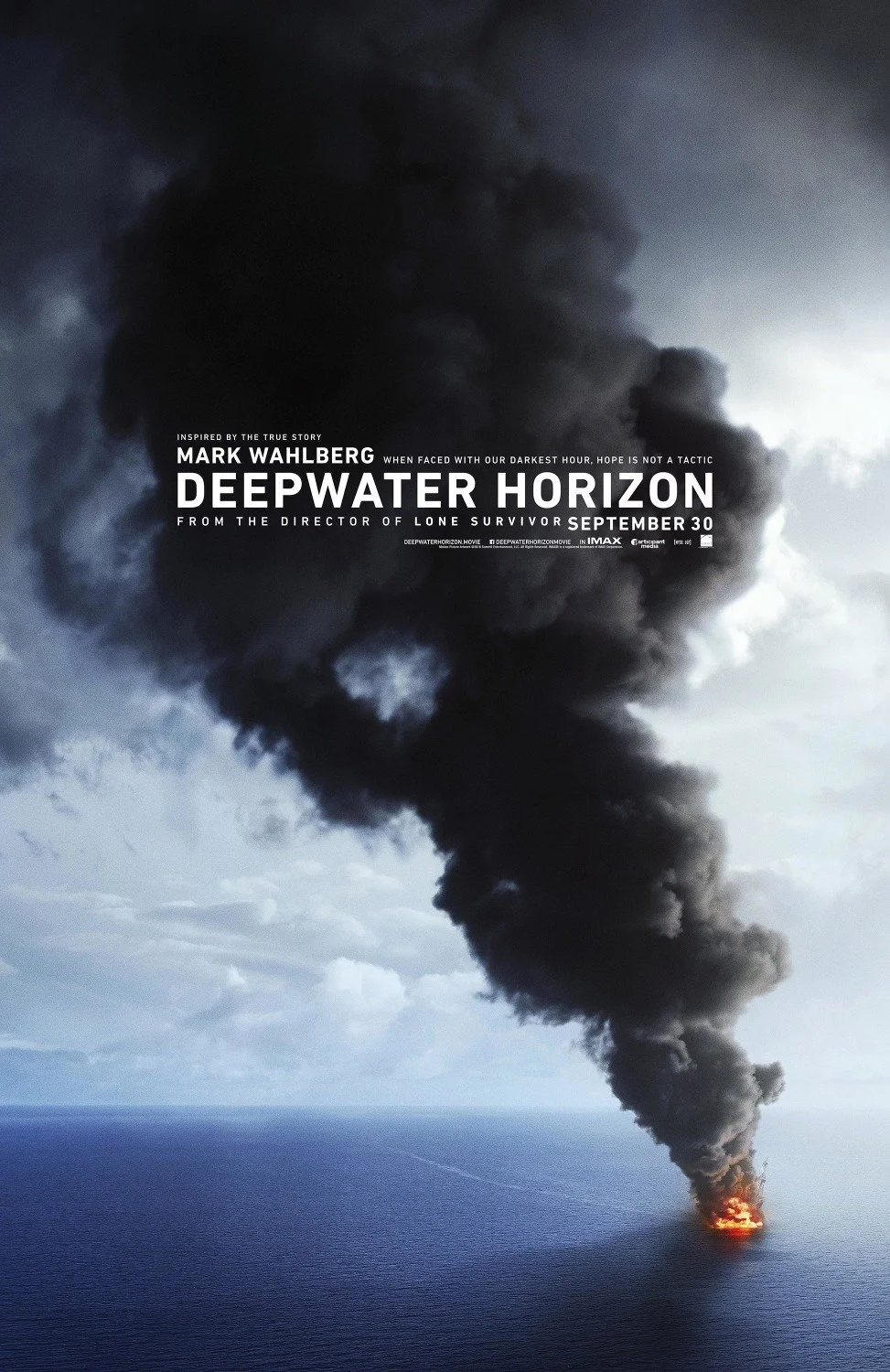
Deepwater Horizon

Fallout S1
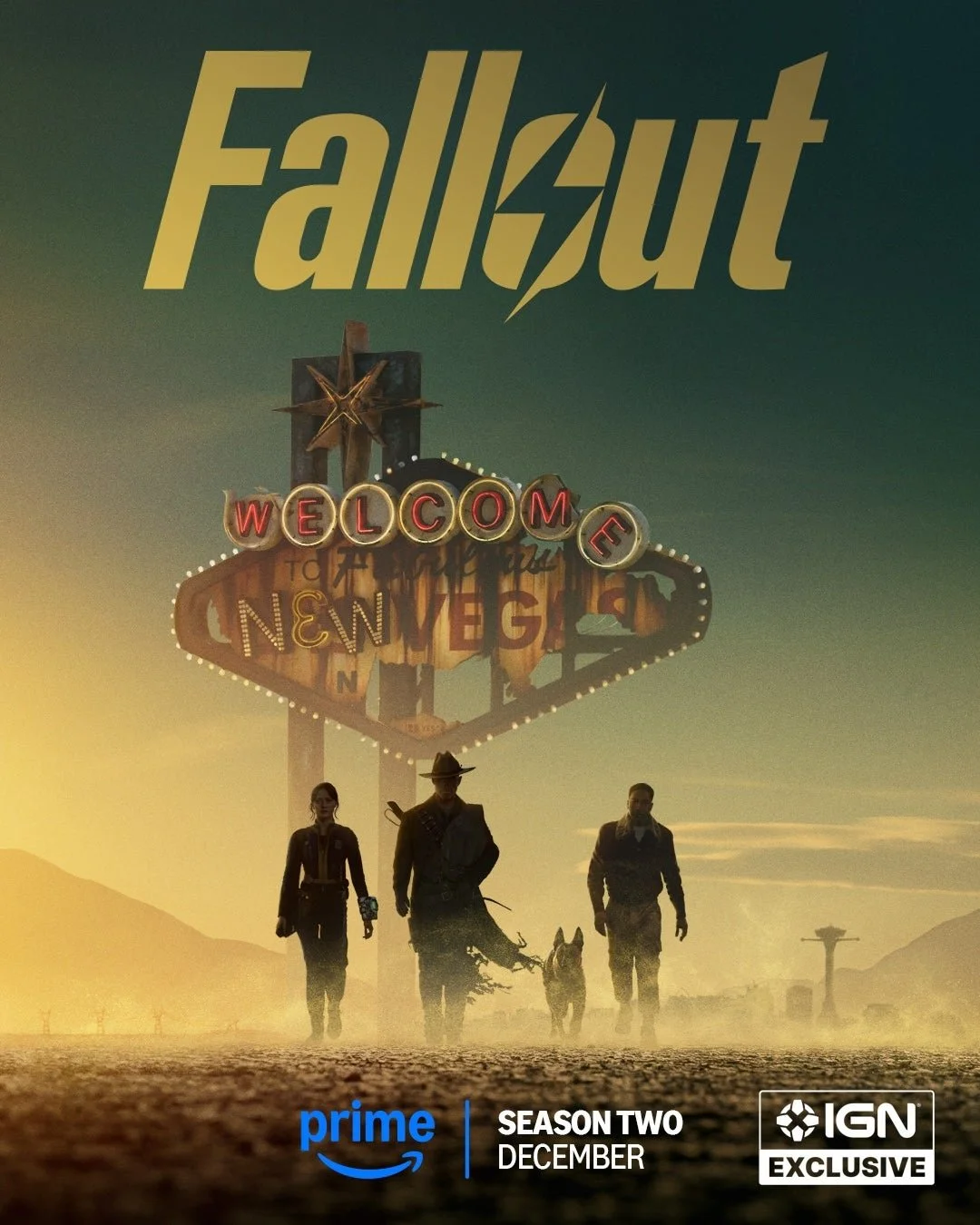
Fallout S2
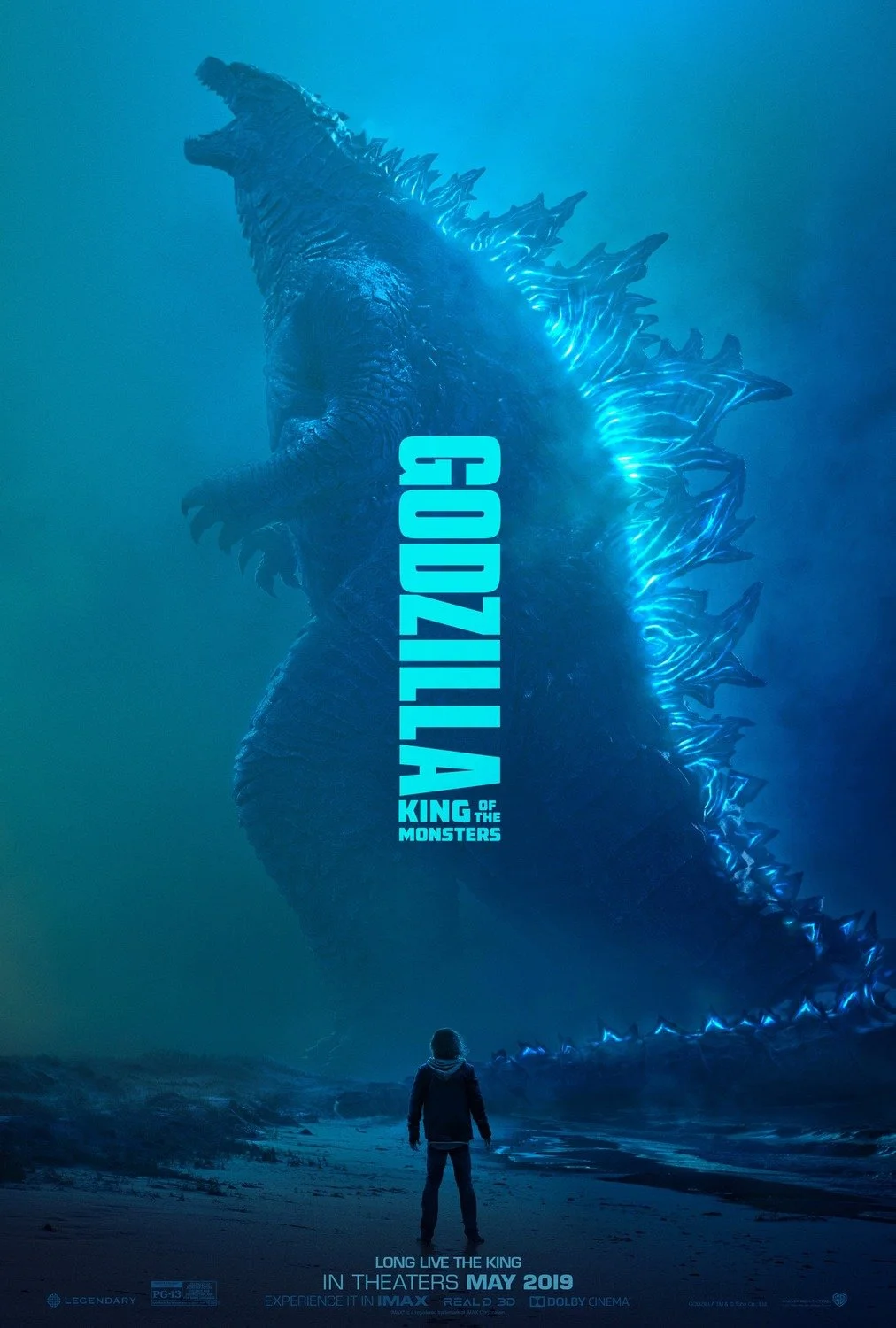
Godzilla: King of Monsters
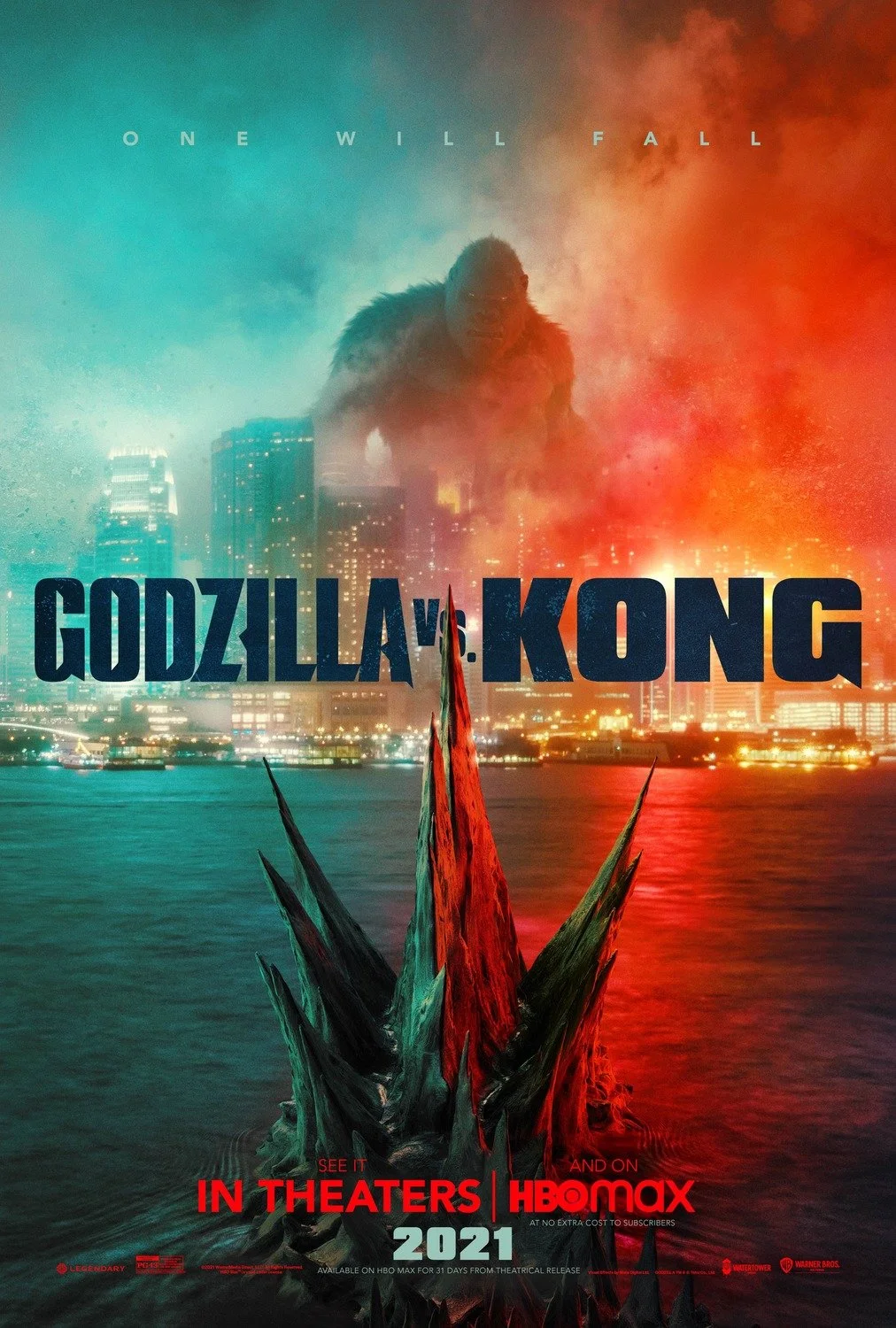
Godzilla VS Kong

Godzilla X Kong

Godzilla X Kong Supernova

A House of Dynamite
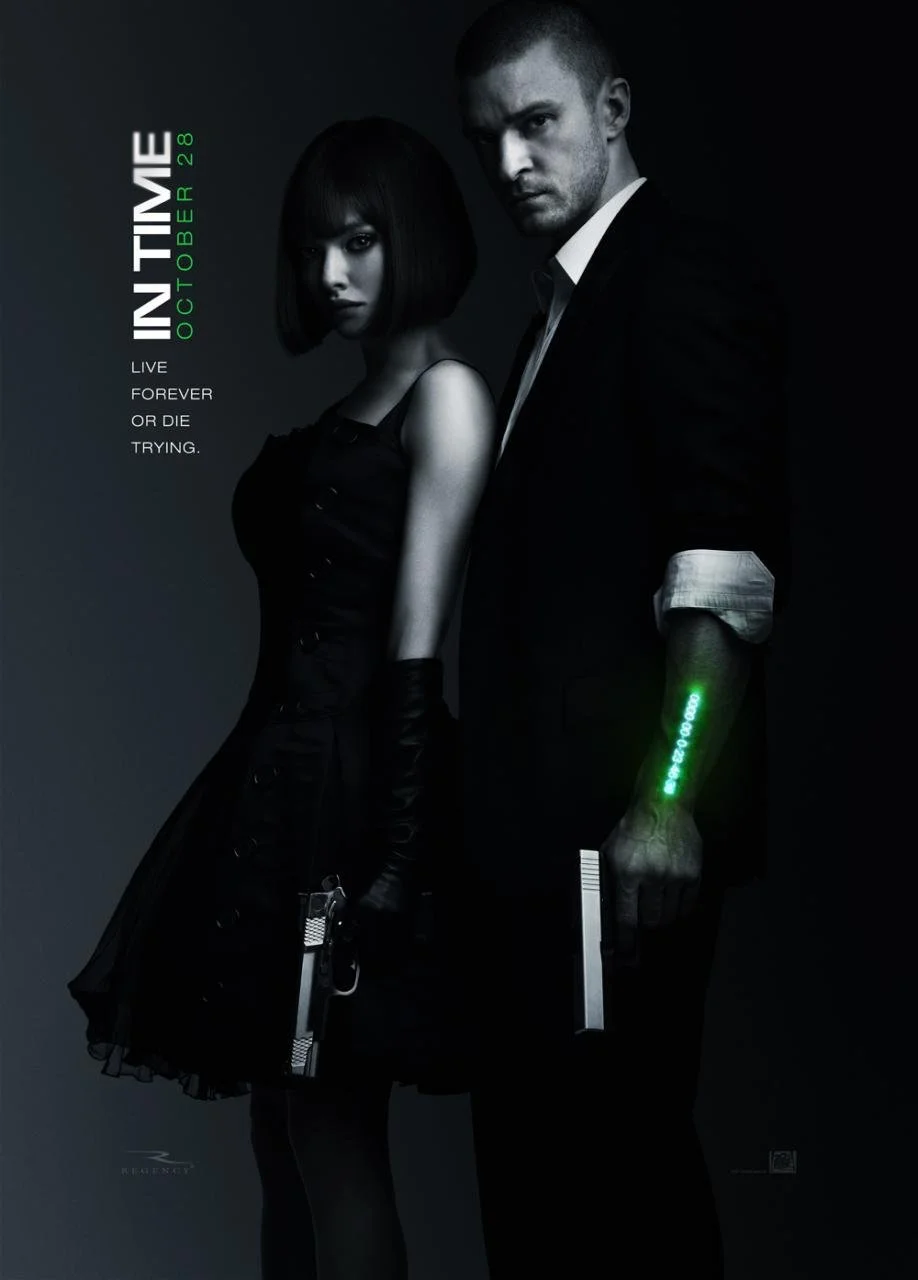
In Time
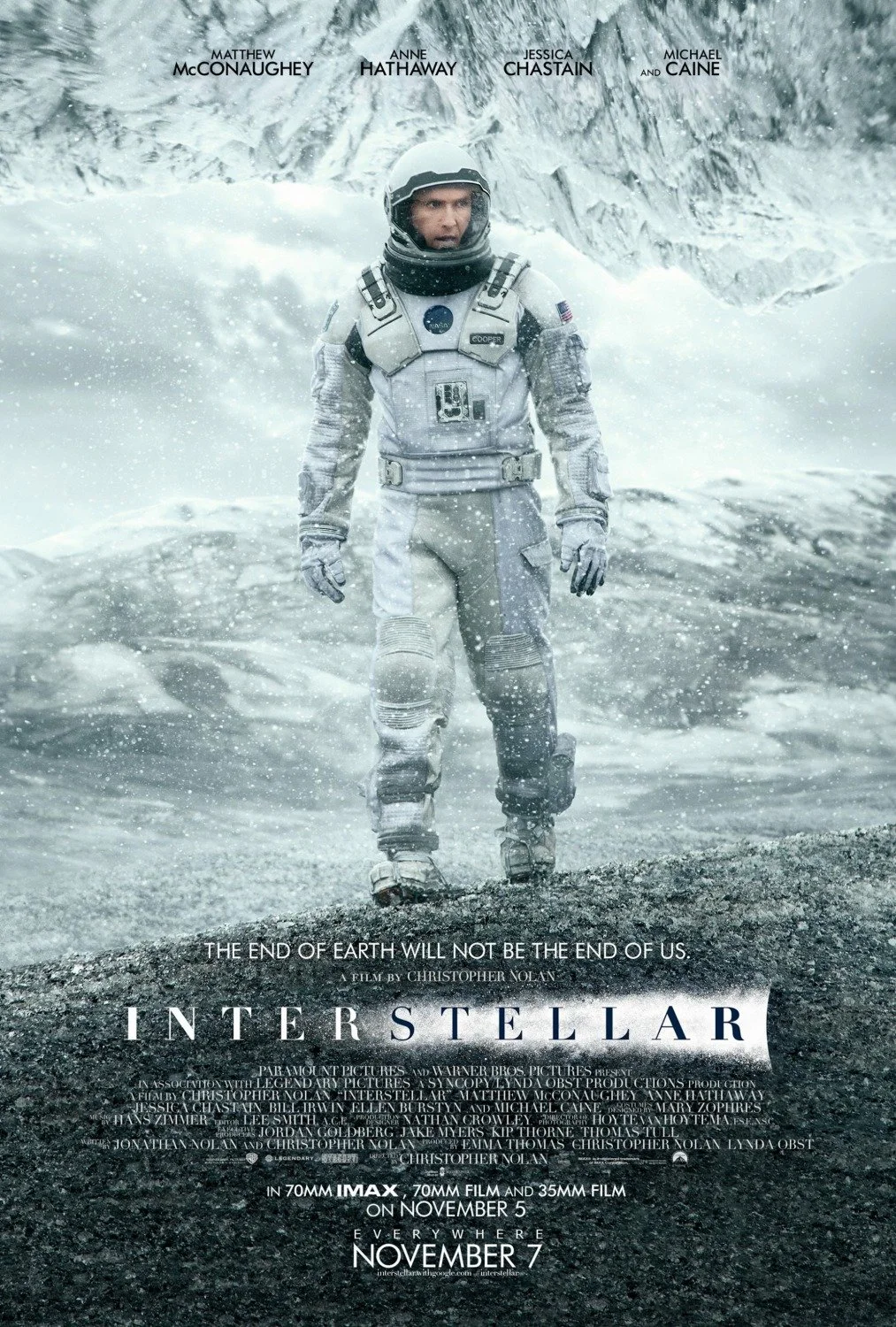
Interstellar

Live Free or Die Hard
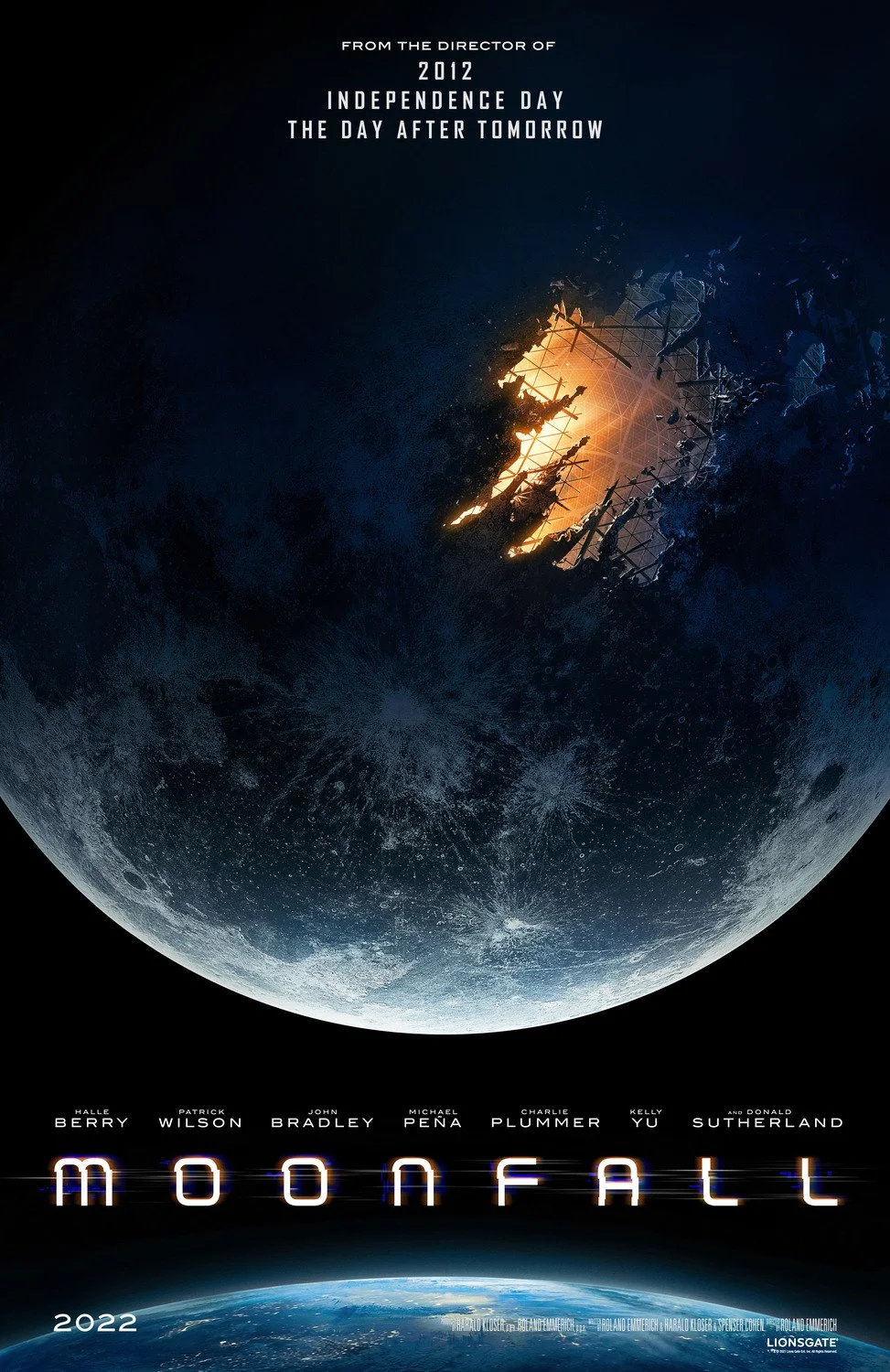
Moonfall

Passengers
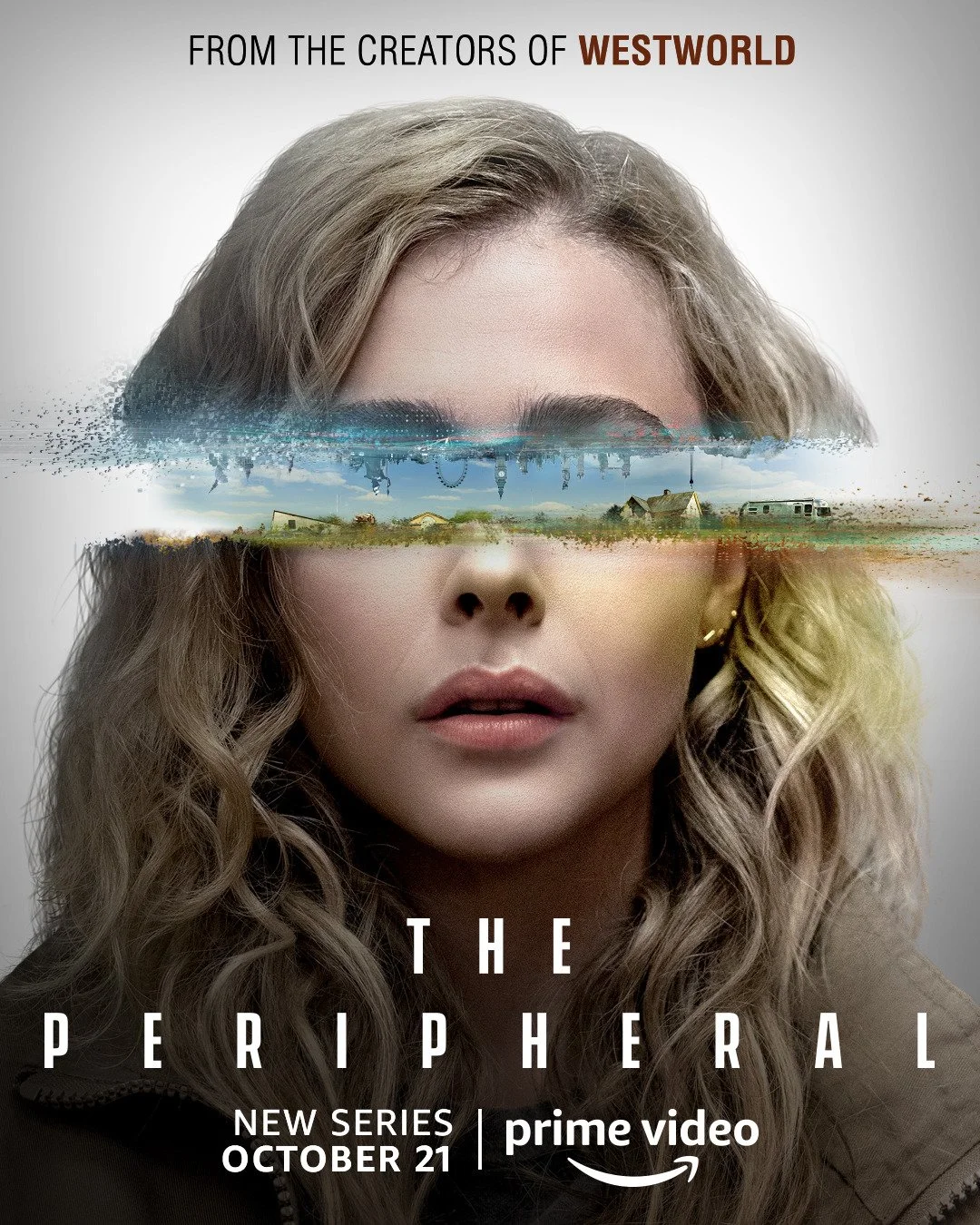
Peripheral

Picard S1
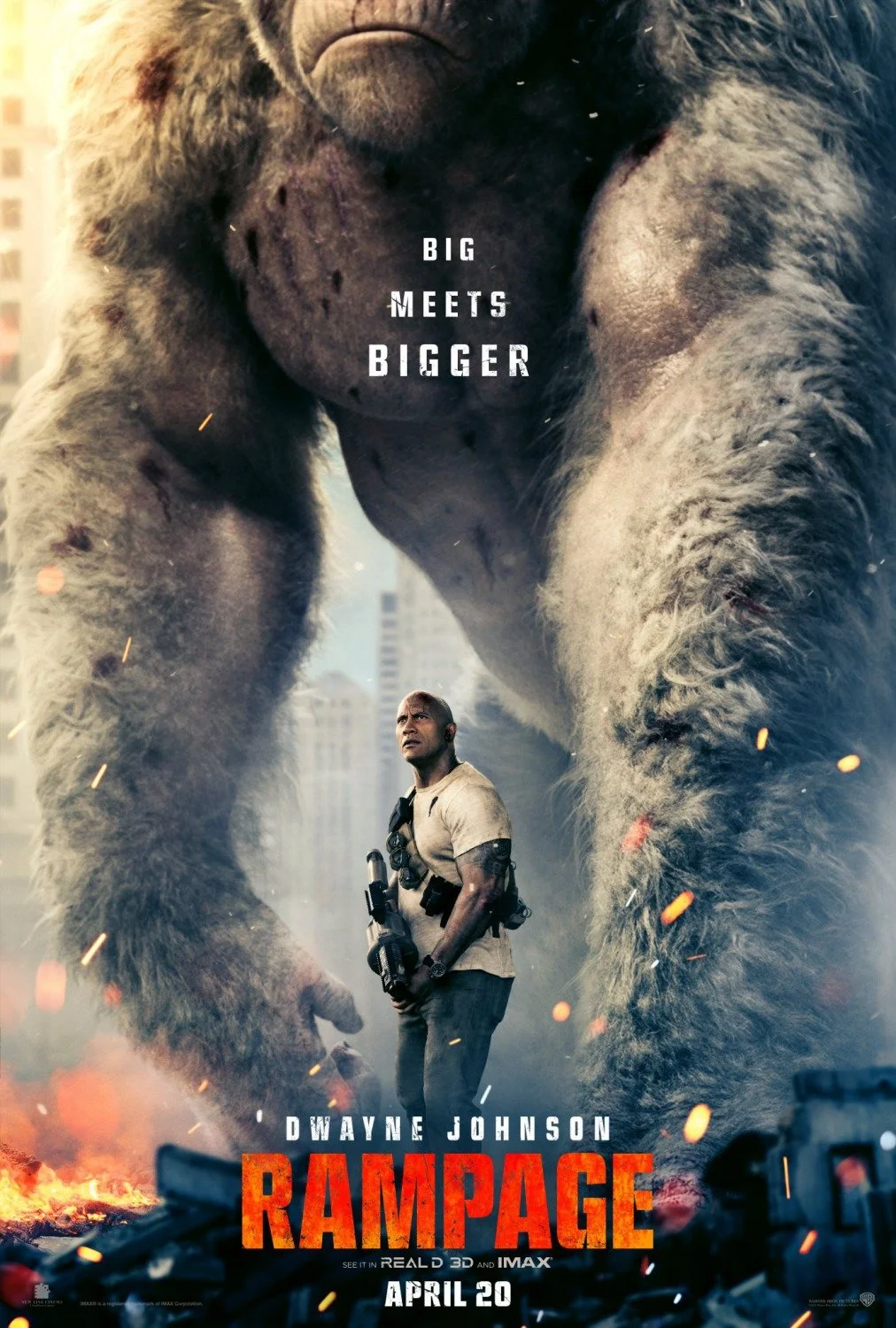
Rampage
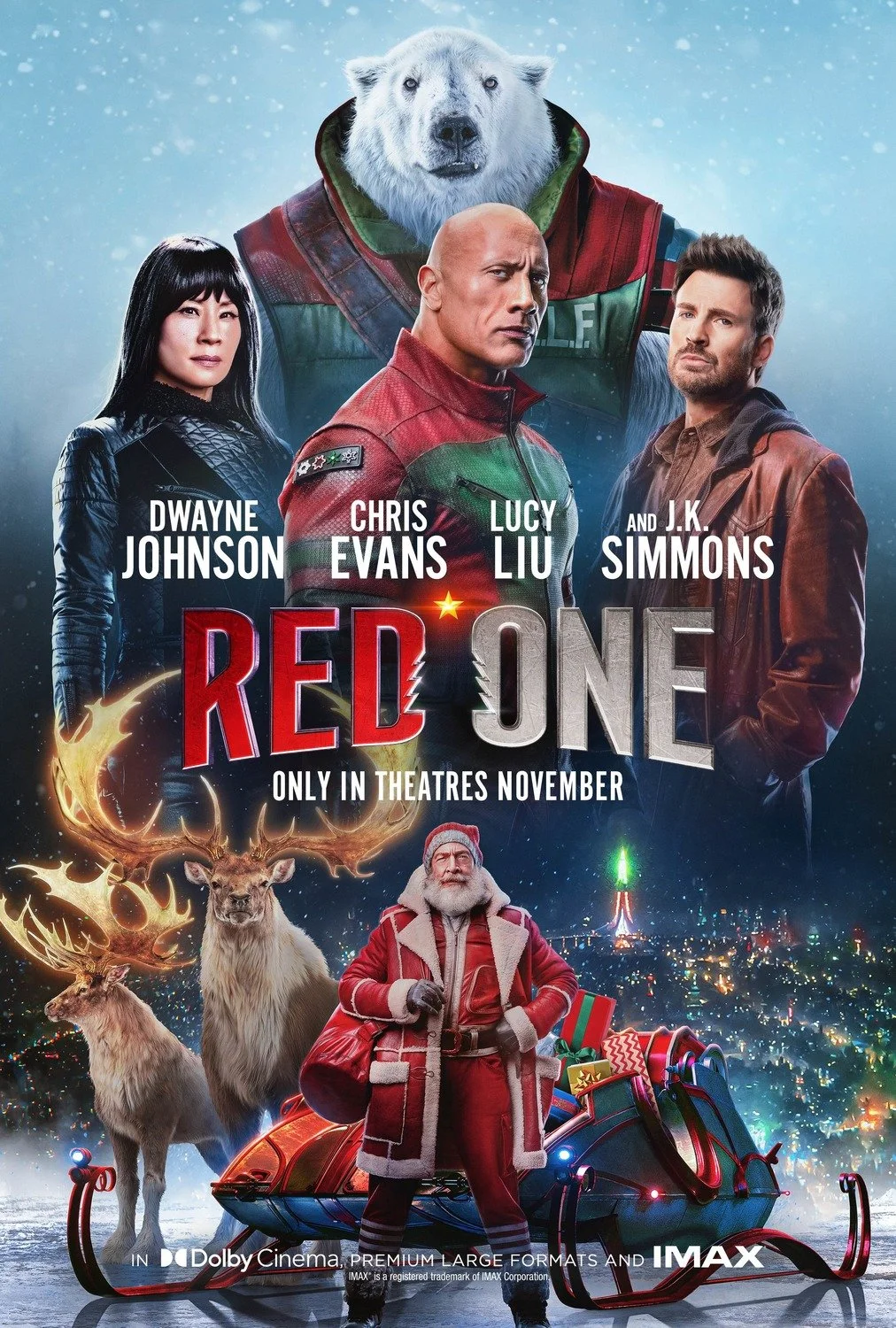
Red One
